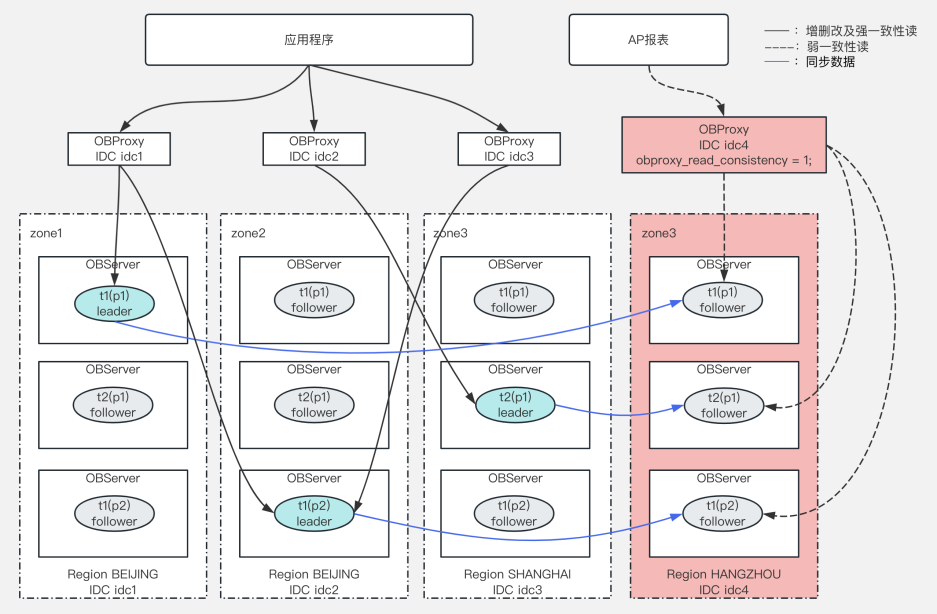文章目录
- 异常的基本概念
- 基本异常抛出与捕获
- 多类型异常捕获
- 异常重新抛出
- 异常安全
- 异常规范(noexcept)
- 栈展开与析构
- 标准库异常
- 总结
异常的基本概念
异常是程序运行时发生的非预期事件(如除零、内存不足)。C++通过try、catch和throw提供结构化处理机制,使程序能够优雅处理错误,而非直接崩溃。
核心思想:将错误处理与正常逻辑分离,提高代码可读性和健壮性。
基本异常抛出与捕获
场景:处理除零错误,抛出并捕获异常。
#include <iostream>
#include <stdexcept> // 标准异常头文件double divide(double a, double b)
{if (b == 0) {throw std::runtime_error("Error: Division by zero!");}return a / b;
}int main()
{try {double result = divide(10, 0);std::cout << "Result: " << result << std::endl;} catch (const std::runtime_error& e) {std::cout << "Caught exception: " << e.what() << std::endl;}return 0;
}
输出:
Caught exception: Error: Division by zero!
说明:
- throw 抛出一个 std::runtime_error 异常对象。
- try 块内调用可能抛出异常的代码。
- catch 捕获特定异常,e.what() 返回错误信息
多类型异常捕获
场景:根据错误类型抛出不同异常,并分别处理。
#include <iostream>
#include <stdexcept>void processInput(int value)
{if (value < 0) {throw std::invalid_argument("Negative value not allowed!");} else if (value > 100) {throw std::out_of_range("Value exceeds limit!");}// 其他逻辑
}int main()
{try {processInput(-5); // 触发invalid_argument} catch (const std::invalid_argument& e) {std::cout << "Invalid Argument: " << e.what() << std::endl;} catch (const std::out_of_range& e) {std::cout << "Out of Range: " << e.what() << std::endl;} catch (...) {std::cout << "Unknown error!" << std::endl;}return 0;
}
输出:
Invalid Argument: Negative value not allowed!
说明:
- 多个 catch 块按顺序匹配异常类型。
- catch (…) 捕获所有未被匹配的异常。
异常重新抛出
场景:中间层捕获异常后记录日志,重新抛出供上层处理。
#include <iostream>
#include <stdexcept>void lowLevel()
{throw std::runtime_error("Low-level failure!");
}void highLevel()
{try {lowLevel();} catch (const std::runtime_error& e) {std::cout << "Logged: " << e.what() << std::endl;throw; // 重新抛出当前异常}
}int main()
{try {highLevel();} catch (const std::runtime_error& e) {std::cout << "Main caught: " << e.what() << std::endl;}return 0;
}
输出:
Logged: Low-level failure!
Main caught: Low-level failure!
异常安全
核心原则
- 基本保证:异常发生后,程序处于有效状态(无资源泄漏)。
- 强保证:操作要么成功,要么状态回滚到操作前(类似事务)。
- 无抛出保证:操作绝不抛出异常(如swap)。
场景:使用智能指针确保资源在异常发生时自动释放。
#include <iostream>
#include <memory>
#include <stdexcept>class Resource
{
public:Resource() { std::cout << "Resource acquired.\n"; }~Resource() { std::cout << "Resource released.\n"; }
};void riskyOperation()
{auto res = std::make_unique<Resource>(); // RAII管理throw std::runtime_error("Oops, something broke!");// 即使抛出异常,res的析构函数也会被调用
}int main()
{try {riskyOperation();} catch (const std::runtime_error& e) {std::cout << "Error: " << e.what() << std::endl;}return 0;
}
输出:
Resource acquired.
Resource released.
Error: Oops, something broke!
说明:
- RAII(资源获取即初始化)通过对象生命周期管理资源。
- 智能指针(如 std::unique_ptr)确保内存自动释放。
异常规范(noexcept)
场景:标记不抛出异常的函数。
#include <iostream>
#include <stdexcept>void safeSwap(int& a, int& b) noexcept
{ // 保证不抛出异常int temp = a;a = b;b = temp;
}int main()
{int x = 10, y = 20;safeSwap(x, y);std::cout << "x=" << x << ", y=" << y << std::endl;return 0;
}
输出:
x=20, y=10
栈展开与析构
场景:异常抛出时,栈展开触发局部对象析构。
#include <iostream>
#include <stdexcept>class Logger
{
public:Logger() { std::cout << "Logger created.\n"; }~Logger() { std::cout << "Logger destroyed.\n"; }
};void functionB()
{Logger log; // 局部对象throw std::runtime_error("Error in functionB");
}void functionA()
{try {functionB();} catch (...) {std::cout << "Caught in functionA\n";throw;}
}int main()
{try {functionA();} catch (...) {std::cout << "Caught in main\n";}return 0;
}
输出:
Logger created.
Logger destroyed.
Caught in functionA
Caught in main
说明:
栈展开时,log 的析构函数被调用。
标准库异常
- 提供的一个网站——cplusplus
C++标准库也定义了⼀套⾃⼰的⼀套异常继承体系库,基类是exception,所以我们⽇常写程序,需要在主函数捕获exception即可,要获取异常信息,调⽤what函数,what是⼀个虚函数,派⽣类可以重写。

总结
通过这些例子,你可以看到 C++ 异常处理的不同应用场景,包括:
- 如何通过 throw 抛出异常,并通过 catch 捕获处理。
- 通过多个 catch 语句来处理不同类型的异常。
- 异常的重新抛出以及其应用。
- 异常安全,如何通过智能指针避免资源泄漏。
- 如何使用标准库中的异常类来捕获和处理常见的错误。
这些例子展示了 C++ 异常处理机制在实际编程中的强大作用,可以帮助程序员有效地管理和应对程序运行中的错误。


















